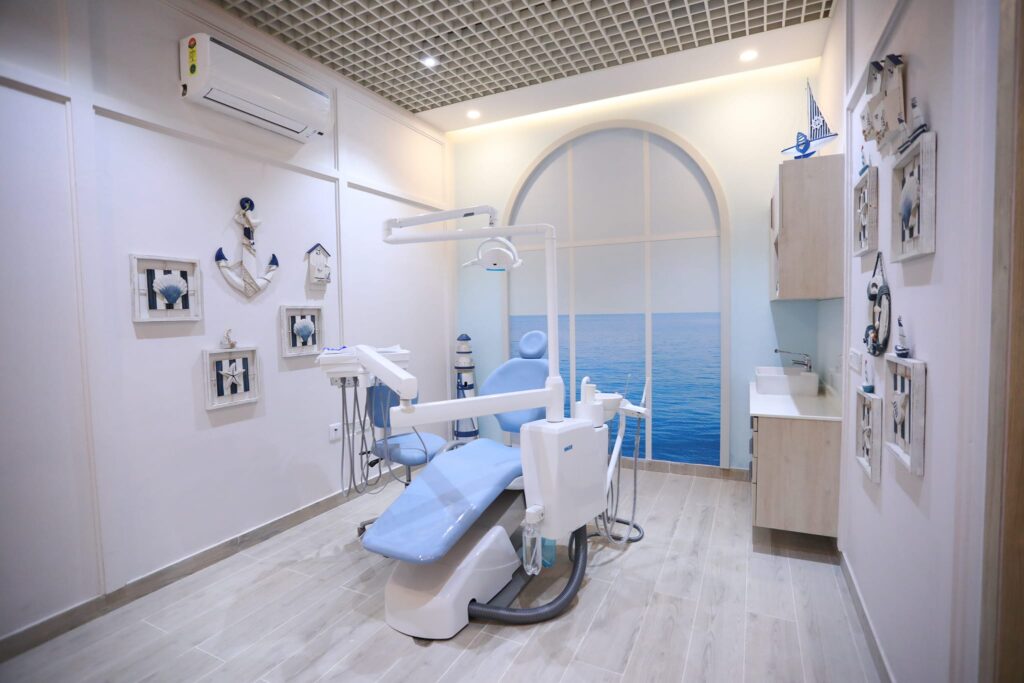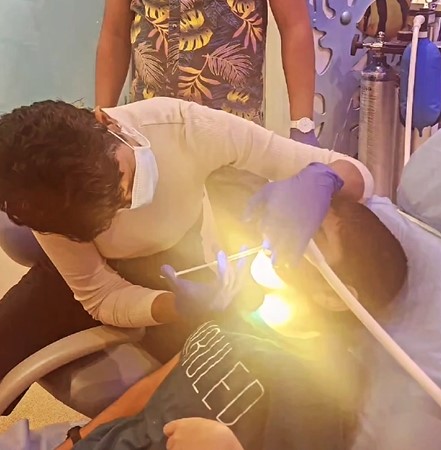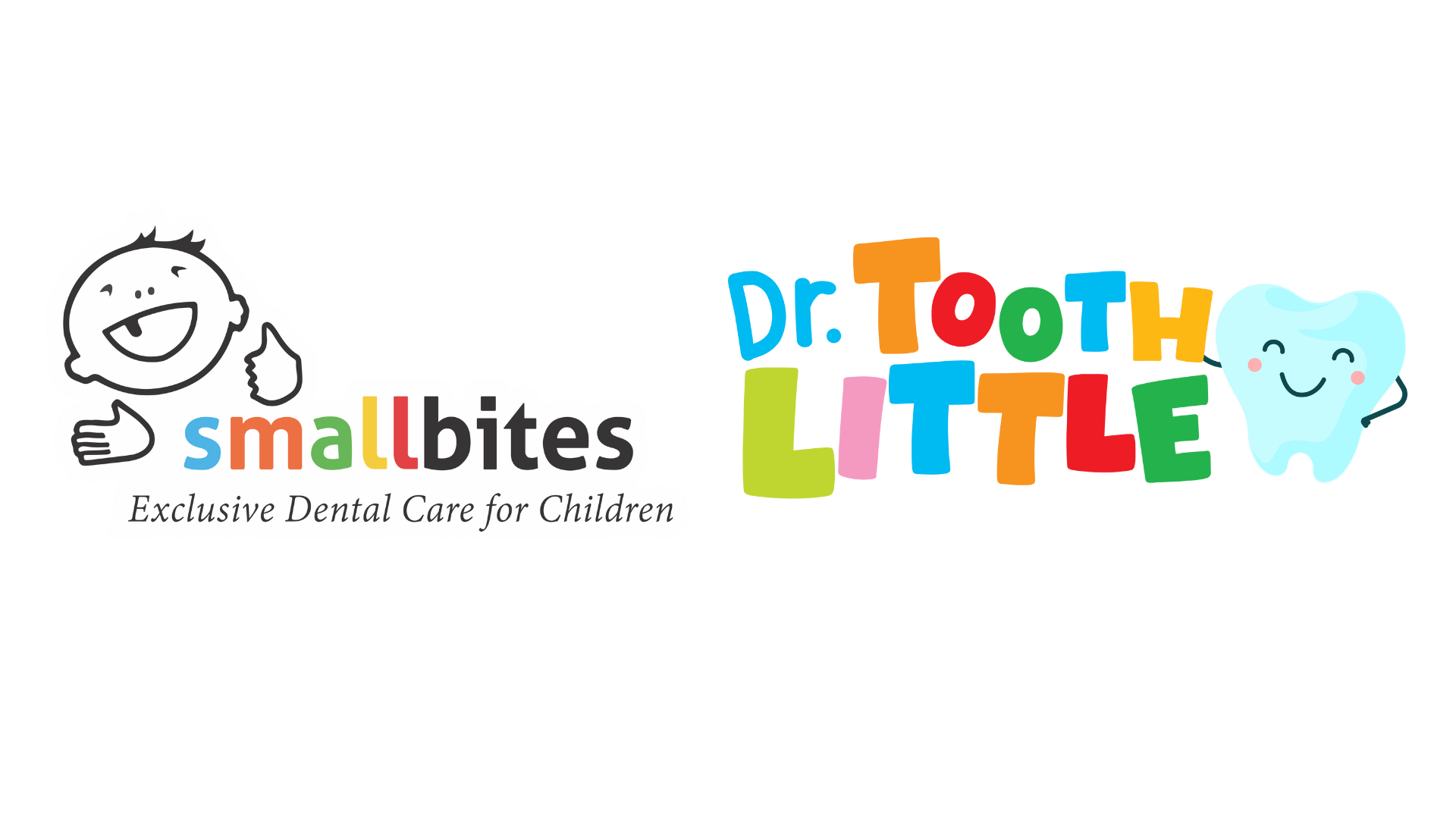Part 1: The Origin of Sensory Design in Pediatric Dental Clinics
The world around us is defined by our senses. What we perceive with touching, seeing, feeling, hearing and tasting affects how much we like being in an environment or getting away from it. Sensory perception thus is very valuable, helping us assess what’s outside of us. It is a primary skill, inborn and learnt as babies which grows in depth and intensity as adults. The acuteness of it as children does tend to reduce with adult distractions; but like ‘gut feeling’, helps and guides a majority of our decisions.

Sensory experience is an ignored overlooked aspect of the way the world is designed around us. Design decisions in our surroundings, the way outside influences stimulate us is often never considered important enough. While public and private spaces take care of sensory perception in a general way – dim lighting in hospitals is an example, the interplay of sensory perception and space design in medical practice is not a standard part of best practice guidelines.
People are unique, and therefore their sensory perception even more so. Some are overstimulated by noise, while some others face debilitated functioning when confronted by too less of it and need it in some form always. Some like texture in touch, which calms them while others love the feel of smooth finishes to enhance their moods. This can help or hinder people’s full participation in society, since they are constantly trying to avoid their triggers and find other avenues to work around it. The design of spaces can do well with being more inclusive by taking a sensory approach. People who have to live with heightened, reduced, or complete loss of senses can then be free to work and function, thus enabling support for diverse sensory and other heightened problems.
Hospital and clinic environments especially need such sensory approach to design, given that people already walk in with a range of illnesses, impairments and emotions. At Small Bites Dental Clinic, sensory perception and inclusiveness defines our spaces and the way we approach treatment for everyone.

As one of India’s leading children’s dental clinics complete with pediatric specific methodologies, themed interiors with toys and learning materials, multimedia and technology that makes dental interventions stress-free and pleasant, and experienced pediatric dentists, Small Bites is one of the country’s leading dental experience centers to incorporate sensory design into its physical architecture. While Dr.Premila of Small Bites has been at the forefront in spearheading new innovations in treatment, including the latest ‘laughing gas’ intervention to relax children during complicated procedures, the clinic space has also been adapted to make it more open, comfotable, warm and welcoming for everyone. Created in a ‘beach theme’ complete with pebble and sand like granular textural walkways, to varied mood lighting, and soundscapes, the clinic incorporates a design that facilitates exploration, engagement and experimentation.
At Small Bites, sensory design was a key feature when the clinic was created, with a particular emphasis on making the waiting and treatment rooms engaging, warm and friendly for all children. From tactile walls and flooring to adjustable light brightness for different moods and functional interaction, everything was thought through to give the children the kind of ambience that immediately made them lighter, brighter and more open.

Sensory design also called ‘Biophilic design’ is a good healthcare practice tracing its roots to the principles of Florence Nightingale. Her concepts speak about spaces impacting treatment outcomes, how they must differ for different sets of people, and what works the best for everyone.
Dental clinics cater to some of the most stressful moments in a child’s life, and we know how a better environment can foster better dental outcomes; a more accommodating child, a child open to instructions and asks, and who then considers the space safe and the dentists’ friends they would like to meet again and again.
Like Dr.Premila shares about her idea in designing the clinic, ” A space where children can be free, outgoing, inclusive and where dental care doesn’t become a stressful experience for everyone is what I wanted to create.”
Keep reading our series on ‘Sensory Design in Dental Clinics’ and explore what has gone into our dental space and how we have gone about it.

